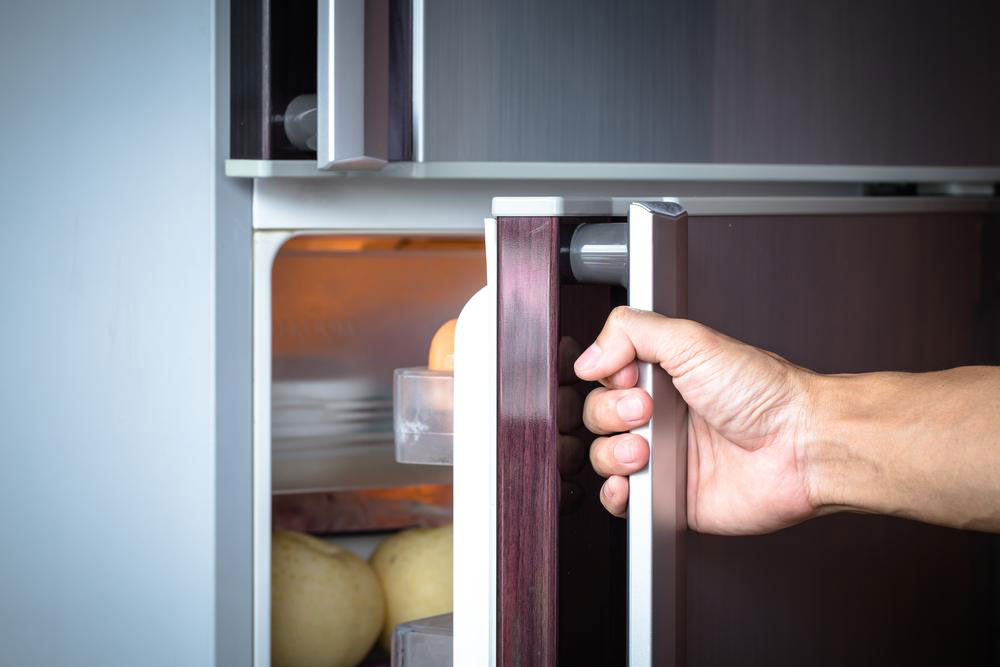Types of Basement Waterproofing and Tips for Implementation
Routine household maintenance mandates a homeowner’s constant attention to basement sealing, necessitating visits for upkeep every few years. Some signs that indicate the basement needs repair include cracks or bowing in the walls, a musty smell in the basement, water stains, wet walls, insect infestation, the presence of mold, and warped or sticking doors. Continue reading to learn more about the basics of basement sealing repair work and the estimated cost for the same.

Types of waterproofing
The basements are usually made out of concrete, which is porous in nature. When the walls are not properly sealed, water can get in, leading to various issues. Here are four different types of waterproofing-
- Plastic sheets and waterproof panels
In this method, the water is trapped between the plastic sheet and the panel, and it is then drained downward to a sump pump.
- Waterproof concrete coatings
It is a sealant that must be applied directly to the concrete, not the paint. It also needs a special brush for its application.
- Silicate concrete sealant
In this type of sealing, the material treats the concrete by penetrating inside and sealing the gaps. This type of sealant can also not be applied to paint but only to concrete.
- Waterproofing interior paint
It is an added waterproof protection. It’s a paint applied in a thick layer on top of the other sealant.
Tips to waterproof the basement
These are some of the tips for waterproofing the basement yourself. However, many basement sealing companies are widely recognized for their expertise in this regard. Regardless, understanding the tips and tricks involved in basement sealing is important for homeowners embarking on a home repair project.
Step 1- Remove all the standing water in the basement. Also, one of the first things to do is to make sure to switch off the electricity, as this standing water can lead to an electrocution risk. Check the floor drains and sump pumps to see if there are any issues with those. Use some fans and dehumidifiers to remove the water from the basement after using a mop, wet vacuum, and towels. Also, cleaning with a diluted bleach solution can help with mildew and mold.
Step 2- The next step is to find the leak’s source to fix it. One trick is using aluminum foil taped on the walls. Let it sit for 24 hours and observe where the dampness occurs to find the exact spot where the leak is happening. When the foil is damp from the outside, it means the basement is too humid and needs to be dried out before waterproofing. When it is wet from the side facing the wall, then the waterproofing issue must be addressed.
Step 3- Clean the area and remove paint from the walls where sealing is needed. Homeowners must strictly follow safety instructions, such as wearing a ventilator mask and gloves to protect against inhalation and skin contact. Scrub the wall with a dry brush to remove dirt and debris. Using a muriatic acid solution is also helpful; however, remember that it is a strong and potentially hazardous chemical and must be used cautiously. After the application, wait for it to dry, and then apply acetone (caution is required while using this as it is a flammable solvent). Rinse and repeat this step as many times as needed to remove the paint.
Step 4- The next way forward is to seal the holes and cracks. Different materials like hydraulic cement, epoxy resin, or caulk are used. When addressing these holes, it is important to note that when there are deeper and larger cracks, they must be checked by basement sealing companies.
Step 5- Resealing doors, windows, and window wells is an important step in the sealing process. These are common places from where the water can enter the basement. Caulk can be used for this type of sealing, and for ease of the process, a caulk gun is used to apply at the joints and the openings.
Step 6- Applying a waterproofing coat is the last step that adds an extra layer of protection for the basement sealing project. A roller or a spray-on application can be used for this job. Experts advise first to dampen the wall’s surface slightly and then continue to apply two to three coats of the sealant for effective waterproofing.
Cost of basement sealing
According to experts, the typical cost for basement waterproofing can be anywhere between $2,300 and $7,575, and the national average cost of this particular service is around $4,920. Some factors that affect the cost of this service include the basement size, the interior v/s exterior sealing, geographic location, the labor cost, the cost of the type of sealant being used, and so on. Experts suggest that this home repair project is best left for the professionals to handle as it is a tedious job and demands good knowledge, tools, and resources to perform it effectively.
Senior homeowners who are living alone can also hire a professional service for this type of project. There are some resources for them to consider looking at, like the Area Agency on Aging, the Low Income Home Energy Assistance Program, Rebuilding Together, Medicare, and Medicaid. Furthermore, check with neighbors about any trusted local basement sealing repair company nearby that can help carry out this job.




